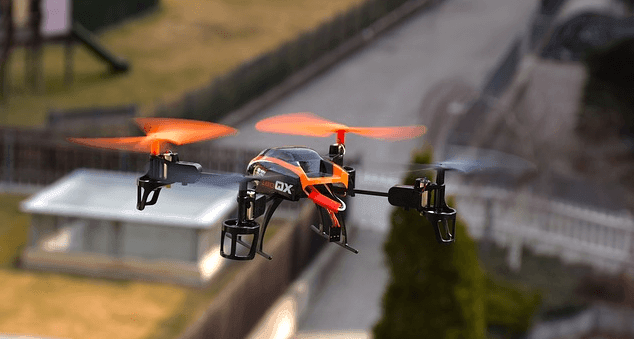
As the Drone technology is evolving day by day, it had alarmed the government to formulate laws for them. Director General of Civil Aviation (DGCA) has finally announced its policy for remotely piloted aircraft or drones under "Drone Regulations 1.0"
What are Drones?
- The remotely piloted aircraft, its associated remote pilot station(s), command and control links and any other components forms a Remotely Piloted Aircraft System (RPAS),”
- Drones are categorized as
i) Nano : Less than or equal to 250 grams.
ii) Micro : From 250 grams to 2kg.
iii) Small : From 2kg to 25kg.
iv) Medium : From 25kg to 150kg.
v) Large : Greater than 150kg.
these RPAs will need a Unique Identification Number (UIN), Unmanned Aircraft Operator Permit (UAOP)
Every drone requires
Imposed Restrictions on Drones
ii) Micro : From 250 grams to 2kg.
iii) Small : From 2kg to 25kg.
iv) Medium : From 25kg to 150kg.
v) Large : Greater than 150kg.
these RPAs will need a Unique Identification Number (UIN), Unmanned Aircraft Operator Permit (UAOP)
Every drone requires
- GNSS — Global Navigation Satellite System
- Return-To-Home (RTH) feature
- Anti-collision light
- ID-Plate
- Flight controller with flight data logging capability
- Radio Frequency ID and SIM/ No-Permission No Take off (NPNT)
Press Release on Drones: pic.twitter.com/6ZlPeLJpxB— Ministry of Civil Aviation (@MoCA_GoI) August 27, 2018
- The new laws will come into effect from December 1, 2018, Formulated under project "Digital Sky"
What is Project Digital Sky?
- An unmanned traffic management (UTM) platform that implements a 'no permission, no takeoff' system for (RPA) remotely piloted aircraft.
- one-time registration of the drones have to done for pilots and owners on the platform, which will also allow for online filing of a drone's specific flight path and use.
- The regulations are intended to enable visual line-of-sight, daytime-only and a maximum of 400-feet altitude flight operations
- The Drone Task Force will be giving draft recommendations for drone regulation 2.0
Airspace Division
- Red Zone: Flying not permitted
- Yellow Zone: Controlled airspace — permission required before flying
- Green Zone: Uncontrolled airspace — automatic permission
The drones cant be flown within
- Prohibited, Restricted and Danger Areas
- 25km from international border.
- 5km of the perimeters of the airports in Mumbai, Delhi, Chennai, Kolkata, Bengaluru and Hyderabad and within 3km from the perimeter of any other airport
- 500 m into sea from the coast line
- within 3 km from perimeter of military installations.
- cannot be operated from a mobile platform such as a moving vehicle, ship or aircraft.
- Eco-sensitive zones around National Parks and Wildlife Sanctuaries are off-limits without prior permission.

Comments
Post a Comment